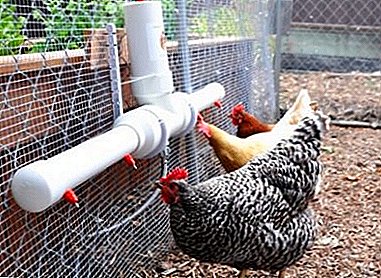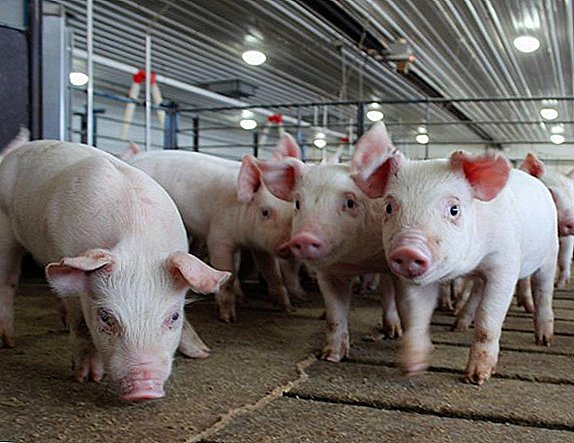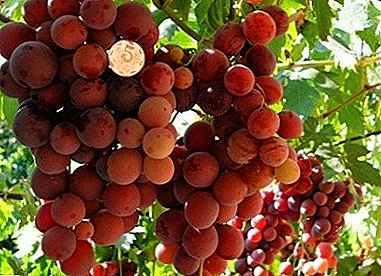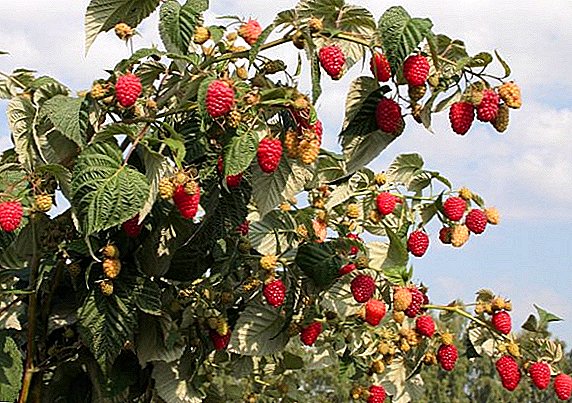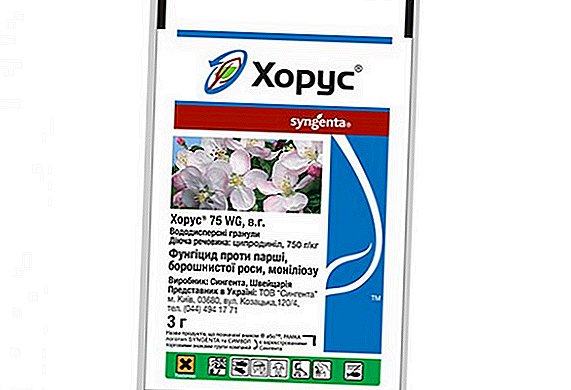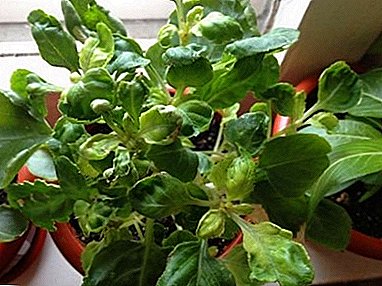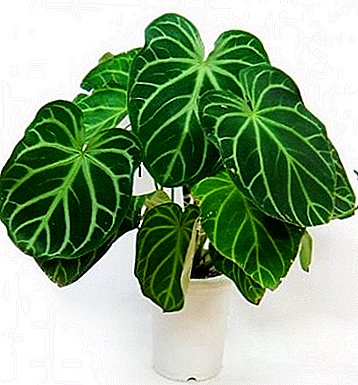
Anthurium - an evergreen, flowering plant belonging to the family Aroid or Aronikovye. Distributed in the tropics of Central and South America, in Mexico, Argentina. The name is formed by two Greek owls, which mean "flower" and "tail."
Very numerous genus, which has several hundred species. One of them is Anthurium Crystal.
Description
Crystal Anthurium is a liana. It is very decorative with its appearance.
Anthurium Stalk grows up to 25 cm tallIt is thick, about 2 cm in diameter, green. The internodes are short, traces of fallen leaves remain up to 1.7 cm.

Leaves grow on petioles that are purple in color from the stem. The shape of the leaves is oval with a cut at the base and with a pointed end, similar to a heart. They are thin, about 40 cm in length and 20 in width.
Their outer surface is velvety, covered with red-brown cilia from below. Colour bright green with clearly marked white streaks.
The inflorescence of the Anthurium forms on a red - violet, long, about 25 cm, pedicle. It consists of small flowers and is an oblong elongated pointed cob yellow - green up to 12 cm long.
Flowering plant long enough. It depends on the care provided to him. In conditions close to natural, it can bloom all year.
After flowering, stems with small, about 1 cm, berries of white with a violet shade appear in color.
Home care
Climate
Anthurium - a resident of tropical rain forests. Therefore, he prefers bright diffused light and good hydration.
Light is preferred diffused but bright. During the winter, you need to add additional artificial lighting to the plant. You can not put a pot with Anthurium on very hot direct sunlight, so in the summer during the long heat you need to remove it in a shaded place. It is well tolerated by the penumbra, but bloom in this light mode may not occur. The flower very badly transfers drafts and temperature change, it is necessary to protect it from them.
Air humidity in the room where Anthurium is kept, should be quite high, more than 70%. In a dry room, the flower should be regularly sprayed, preferably several times a day, while not falling on the inflorescences. From this they spoil. You can additionally use artificial humidifiers.
Watering

Watering a plant that is accustomed to moisture should be regularly 2 times a week with warm water. Cold water and water with increased lime containment is unacceptable. In winter, once a month is enough.
It is necessary to control that the soil in the pot does not dry out and that there is no stagnant water. It is very important for the favorable development of the flower.
Planting, transplanting
After buying a flower in the store you need plant him for three days until it began to dry out. This should be done very carefully, without damaging the fragile roots of the plant. Pot for planting you need to pick one that is ideal for the size of the root system. With excess space, the flower intensively increases the leaf mass, and this is very bad for its flowering.
Young copies in the first 4 years of life should be Replace every year. They do it from the beginning of spring to autumn. Then Anthurium transplanted 1 time in 2-3 years. This is done to increase capacity or renew the land that has been depleted over the years. On the surface of the land, which is poor in minerals, white, destructive for the plant, appears.
Priming
For planting and transplanting plants need to prepare the soil. She must be air and moisture permeable, slightly acid, friable. To do this, mix the turf ground, coarse sand and humus. You can add moss, expanded clay. At the bottom of the pot stack quality drainage.
Fertilizers
Fertilization is very important during the growing season, growth and flowering of Anthurium. To do this, you can purchase a special complex of organic and mineral substances for indoor plants. You can water the solution every two weeks in spring and summer. In winter, the flower does not need fertilizing.
Breeding
- Reproduction of Anthurium occurs in three ways:
- grafting
- by division
- seeds

The method of grafting involves the separation from the plant of stem and apical cuttings with several leaves or lateral shoots that have roots.
Cut cuttings need a sharp knife then place in water or vermiculite until rooting. Rooted shoots need to be seated in separate pots. Do it in the spring.
The division can be carried out spring during transplant. To do this, the plant, pulled out of the ground, must be carefully divided into several parts so that each of them is with independent roots. The obtained specimens should be seated in pots and provide them with good care for full rooting.
You can propagate the plant with seeds that ripen in the fruit, or purchased in the store. In the spring, seeds are sown on the surface of the soil and sprinkled with earth. Sprouts will appear in 2-3 months. Before landing on a permanent place they should be seated. When several true leaves appear, place in a separate pot.
Diseases and pests
Anthurium can be affected by fungal diseases or insects - pests.
Due to the increased humidity on the parts of the plant appears gray scurf, this indicates the appearance of gray rot. In this case, you should stop watering, remove damaged parts and transplant the flower into dry soil.
maybe the appearance of the fungus disease anthracnose. At the same time, parts of the plant begin to dry around the edges, then die off. The flower may die. When infecting a small surface, you can remove diseased leaves and create a less moist environment. In case of severe damage, the plant should be treated with fungicide preparations, for example, Kuproksat.
If leaves curl and dry out it may be in dry air. Remove damaged parts and increase moisture.
When aphids appear, the leaves begin to shrink and become covered with yellow spots. If sticky yellow discharges are noticeable, then this indicates an attack by a shield. Mealybugs can be seen on plant parts.
When pests are detected, first of all, it is necessary to remove the damaged parts, wash off the larvae and adult insects and their excretions with a cotton swab moistened with water or alcohol solution, then treat the plant with special solutions — intexcides.
Crystal Anthurium very showy indoor flower. By creating favorable conditions for him, one can rejoice all the year round of his decorative effect.
A photo
Next you will see a photo of Anthurium Crystal:






